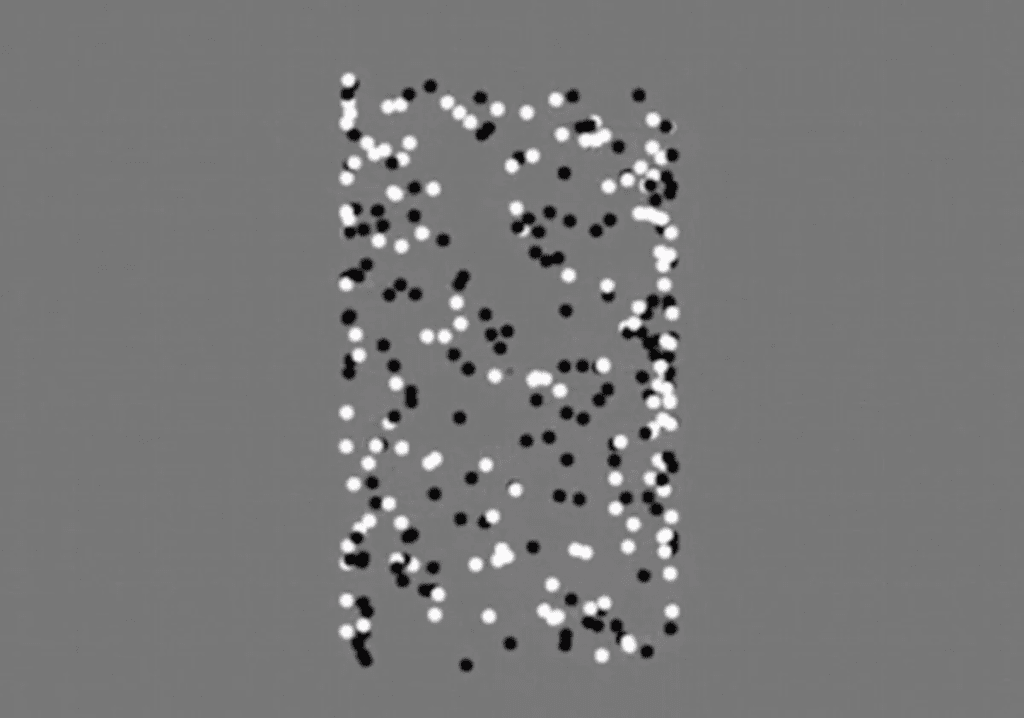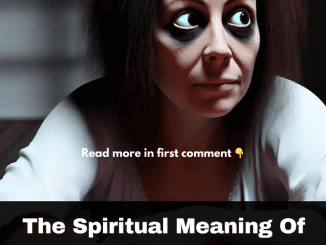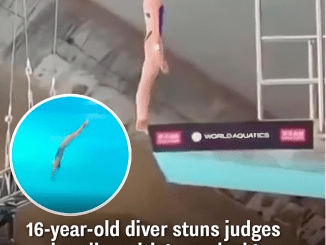In a world of ever-evolving technology and medical advancements, the ability to quickly and accurately identify characteristics associated with neurological conditions has become increasingly valuable. Enter the captivating realm of optical illusions – where the secrets of the mind are unveiled through the interplay of light, shadow, and perception.
Recent studies have uncovered a remarkable finding: certain optical illusions have the potential to identify individuals with autistic traits in a matter of seconds. By carefully observing how people’s pupils respond to these mind-bending visuals, researchers have discovered a fascinating connection between visual processing and the autism spectrum.

At the heart of this groundbreaking discovery lies a simple yet ingenious optical illusion. Participants in a 2018 study published in the journal eLife were presented with a GIF featuring a spinning three-dimensional cylinder, created by the interplay of white and black dots moving in opposite directions.
The key to this illusion lies in how the individual’s eyes and brain process the visual information. Those who tend to focus on the finer details, often a characteristic associated with autistic traits, are more likely to see the individual black and white dots rather than the seamless rotation of the cylinder.
By tracking the participants’ pupil responses as they viewed the illusion, the researchers made a remarkable observation. Individuals who scored higher on tests for autistic traits exhibited a distinct oscillation in their pupil size, flicking back and forth between the black and white dots.
The implications of this finding are far-reaching. Rather than relying on lengthy clinical assessments and comprehensive diagnostic evaluations, this optical illusion could provide a faster, more accessible way to identify potential autistic traits in individuals.
While the illusion alone cannot provide a definitive autism diagnosis, it could serve as a valuable screening tool, guiding healthcare professionals toward the need for further evaluation. By understanding an individual’s visual processing tendencies, clinicians can gain valuable insights into their neurological makeup and make more informed decisions about the next steps in the diagnostic process.
But the significance of this optical illusion extends beyond its diagnostic potential. By shedding light on the unique visual processing patterns of individuals with autistic traits, it offers a glimpse into the lived experiences of those on the spectrum.
Imagine a world where we could better understand how the autistic mind perceives and interacts with the visual world around them. This knowledge could lead to the development of more tailored support systems, educational strategies, and even assistive technologies – all designed to empower individuals with autism and enhance their quality of life.
As we delve deeper into the realm of optical illusions and their connection to autism, it’s crucial that we approach this topic with empathy, understanding, and a commitment to celebrating the diversity of the human experience.
Autism is not a deficit or a condition to be “fixed,” but rather a unique way of processing the world that deserves recognition and respect. By embracing the insights gleaned from research like this, we can foster a more inclusive society that celebrates the strengths and contributions of individuals across the autism spectrum.
The power of optical illusions to unveil the intricacies of the human mind continues to amaze and inspire. The discovery that certain visual puzzles can potentially identify autistic traits in a matter of seconds is a testament to the remarkable complexity of the brain and the incredible insights that can be gained through careful observation and scientific inquiry.
As we move forward, let us approach this newfound knowledge with a sense of wonder, compassion, and a deep appreciation for the diversity that makes us human. By embracing the insights unlocked by optical illusions, we may just find the keys to unlocking a deeper understanding of the extraordinary minds that make our world a more vibrant and fascinating place.


